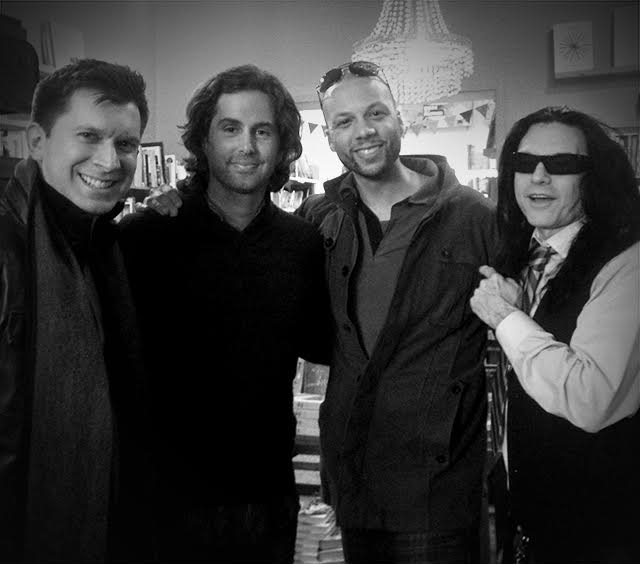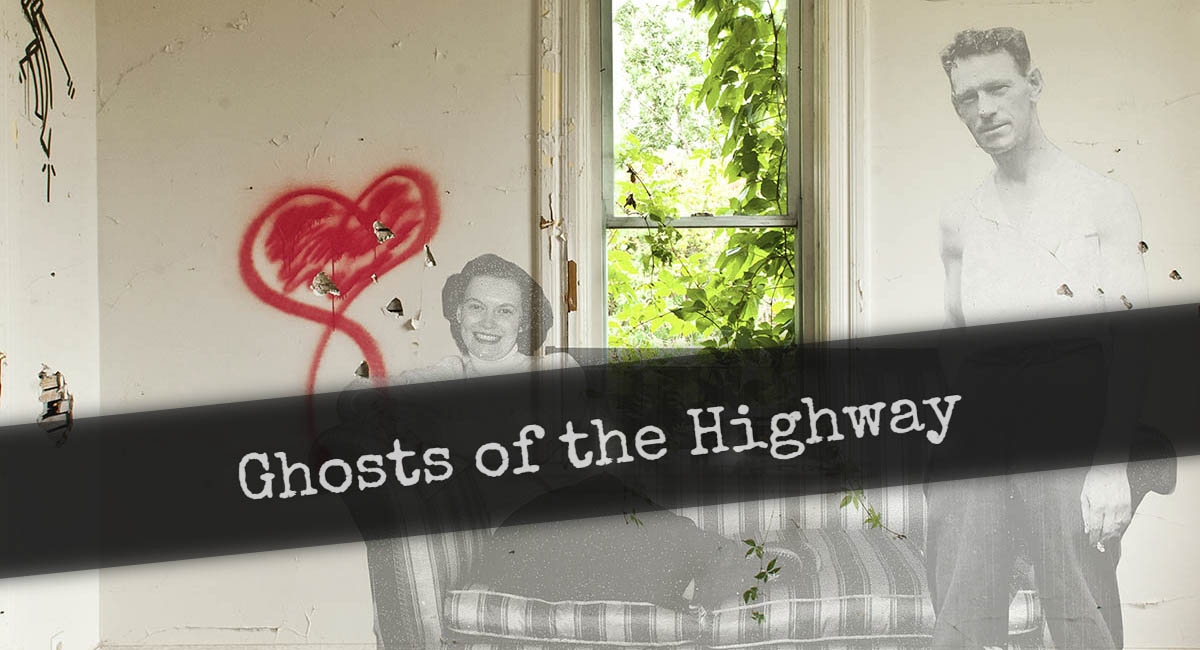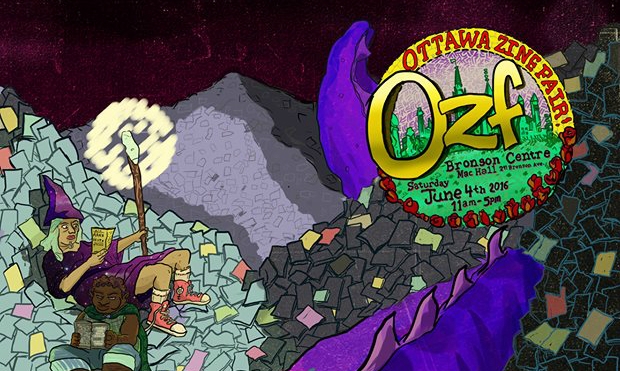
Ottawa Filmmaker Rick Harper’s Time in The Room
Photos supplied by Rockhaven Pictures.
Manos: the Hands of Fate, Troll 2, Birdemic: Shock and Terror, if you haven’t heard of these films you’re in the vast majority of cinema goers. Let me tell you, however, you’re missing out. Whereas some would describe the above listed films as the cinematic equivalent to, say, inviting a few friends over to watch you paint your fence for three hours and then proceed to put on a puppet show in front of it utilizing only strips of googly-eyed bacon and a language made up of consonants – and they’d be right – others fall into a different category. To these folk, bad cinema has a whole lot of good to it if you dig under the terrible dialogue, laughable effects and invisible plot. These days, if you want to indoctrinate yourself in the world of cinema so bad it laps itself into a form of beloved cult status, you aren’t going anywhere without first walking through The Room.
The Room (2003), is a “film” “directed” – yes, I use those terms loosely enough to drive an aircraft carrier through – by the mysterious Tommy Wiseau. The “plot” involves a love triangle between Johnny (played by Wiseau), his girlfriend Lisa and best friend Mark. Sounds pretty straight forward, right? Well, when you toss in subplots that go nowhere, a main plot that strives to go anywhere, questionable editing, an alternate reality rooftop, characters who inexplicably appear and disappear as though the film were set in the Bermuda Triangle, lots of football and a couple of now iconic framed photographs of spoons, you have yourself a film that quickly went from bad to cult. Instead of fading into obscurity, The Room found an audience, and that audience, like the fans of The Rocky Horror Picture Show before them, found a film they could turn into something more, something to return to time and again to mock openly, strangely enjoy in all its lunacy and, of course, toss dozens of plastic spoons at.
“The first screening of The Room was probably the only time it played at the Mayfair wherein you could hear the movie,” says Lee Demarbre, owner of the Mayfair Theatre. That first screening was some time ago. The Room has since been playing there for 80 consecutive months. “Right away it was a hit. Since then the crowd became so familiar with the film; they became so loud yelling lines and jokes. That first screening was full of laughing and clapping — but unlike anything the performance is now. It’s feverish. You can’t see it just once. Fans have to come to every screening”

One of those fans was Rick Harper, but to him, the film didn’t just become something to attend monthly with a bag of spoons and a few buddies; the film became an obsession. The moment Wiseau’s character walked onto the screen, Harper says his entire life changed.
“There are so many things wrong with the movie that you can’t only see it once,” Harper explains. “It’s like a kaleidoscope, no two people see it the same way so when you watch it with other people, they point out what they think is funny and odd and it becomes this amazing organic comedic event. You can watch The Room 55 times and it’ll be a different experience every single time.”
He’s seen it at least 60 times and rising, but at the time of his first viewing Harper was working for the post office and dreaming of becoming a filmmaker. In one of those bizarre twists of fate life sometimes lobs in our path, it wouldn’t be Tarantino or Hitchcock or Kubrick that would inspire Harper to finally follow that dream. It was Tommy Wiseau.
Wiseau himself had gained a cult status for being just as bizarre as the film he created. Not much was known about the man. Wherever did he get the money to finance the film? Did he just materialize out of nowhere? And that accent! Where could this guy be from? Harper was fascinated by all these questions and when word reached him that Demarbre – a cult filmmaker himself of such flicks as Jesus Christ Vampire Hunter and Smash Cut – was planning on bringing Wiseau to Ottawa, Harper, in hopes of gleaning a bit of information about the film biz, offered to split the cost of flying him in as well as the hotel accommodations. He would also drive Wiseau around the city.
The gamble seemingly paid off and the two, along with cast member Greg Sestero, began talking about collaborating on a documentary about Wiseau and the phenomenon his film became.
“Tommy was fascinating and it didn’t take long to realize that his odd behaviour wasn’t an act,” says Harper. “It’s a hard sell when you tell someone to watch the Citizen Kane of bad movies, but if there were a documentary that explained why you should care about this movie and why it’s one of the most adored films in pop culture it wouldn’t sound like such a task. Tommy was super excited about the idea! This was the break any fan and aspiring filmmaker could dream of.”
Harper, along with friends Fernando Forero, Martin Racicot and Richard Towns, quickly formed Rockhaven Pictures, started purchasing equipment and began formulating travel plans that would take them around the globe — Los Angeles, New York, France, Spain, San Francisco, Denmark, to name a few — in their quest to not only track down everybody connected to the film, some more elusive than others, but also to learn more about the man behind the mystery that was Tommy Wiseau.
The result is the expansive documentary, Room Full of Spoons. Clocking in at nearly two hours, the film is an encyclopaedic reference guide to everything a fan of the film would want to know. It’s the kind of tribute that could only be made by fans themselves. Harper and crew of course touch upon the film’s shortcomings, often with those responsible for the unintentional laughable moments, but they also relay why this film became so loved by so many. Though they managed to talk with nearly all of the cast and crew over the five years it took to make their film, one crucial figure is absent. Tommy Wiseau, himself, declined to be interviewed, would eventually launch a personal attack on Rockhaven and, for a guy who only wanted to be behind the camera, Harper would shockingly find himself playing a central role in his own film.
“Tommy invited us to start filming the doc in New York City only a few months after we shook hands. When I arrived he treated me like any other fan,” recalls Harper. “We had spent $10,000 on cameras and hired two assistants to help us film and we quickly realized that this wasn’t going to happen the way we’d envisioned it. It was initially very disappointing but we chose to take the movie in our own direction since Tommy no longer wanted to participate.”
That direction, which included tracking down Wiseau’s family members and homeland, removing a lot of the gloss on the myth Tommy had become, would infuriate Wiseau. Tommy went on the defensive to the extent of having multiple heated arguments with Harper, writing every theatre screening The Room that he would not do business with them if they screened the documentary, and, in a bizarre series of videos placed on Youtube, outright called Harper and his crew shameful frauds trying to leach off his supposed fame.
Harper explains that, though it wasn’t paramount for him to unearth details of Wiseau’s life he tried to keep hidden, he did want to tell at least some of Tommy’s story in what he calls a mature and respectful way. A treatment, he adds, that the tabloids might not have given the director. “There are several things I know about Tommy that I will never speak of out of respect for him.”
Overall, Harper says his family has been very supportive of his five-year odyssey through all of its twists and often exhausting turns.
“I couldn’t have done it without their help, especially my wife Renuka. I had a six-week-old daughter when I first traveled to the west coast. It’s hard to justify being gone sometimes a month at a time to follow your boyhood dream while she takes care of the kids and the bills. That was definitely motivation for me to ensure the film was a success. In the end, I wanted to make my wife and kids proud.”

Despite what Wiseau may think, Room Full of Spoons has been well received by The Room’s other cast members, including those like Sestero who did not take part in the project either. They’ve been living the film now for over 13 years, after all, and perhaps have come to terms with the fact that this best/worst movie isn’t going anywhere. Over 300 people showed up for the documentary’s Ottawa premier and The Room still packs the Mayfair all these months on.
“The Room has magic about it and its success. I admire that,” says Demarbre . “I don’t think of the film as a failure — more so I wish I had a film like it in my filmography. The one thing I wish I could convince Tommy is that there is nothing about Rick’s film that would turn his fans away from loving Tommy and his film.”
The last time the two spoke, Harper recalls with a chuckle, Wiseau said the documentary needed to be 60% more positive. Harper says the negative aspects of his experience haven’t soured him from continuing on with filmmaking. He has, however, decided it’s time to walk out of The Room for now.
“I still love the movie and it has undeniably changed my life, but I think I’ve taken this obsession as far as any fan could. I like to compare it to finishing a video game: while you don’t turn around and hate the game when it’s over, it still might be time to movie onto something else.”










